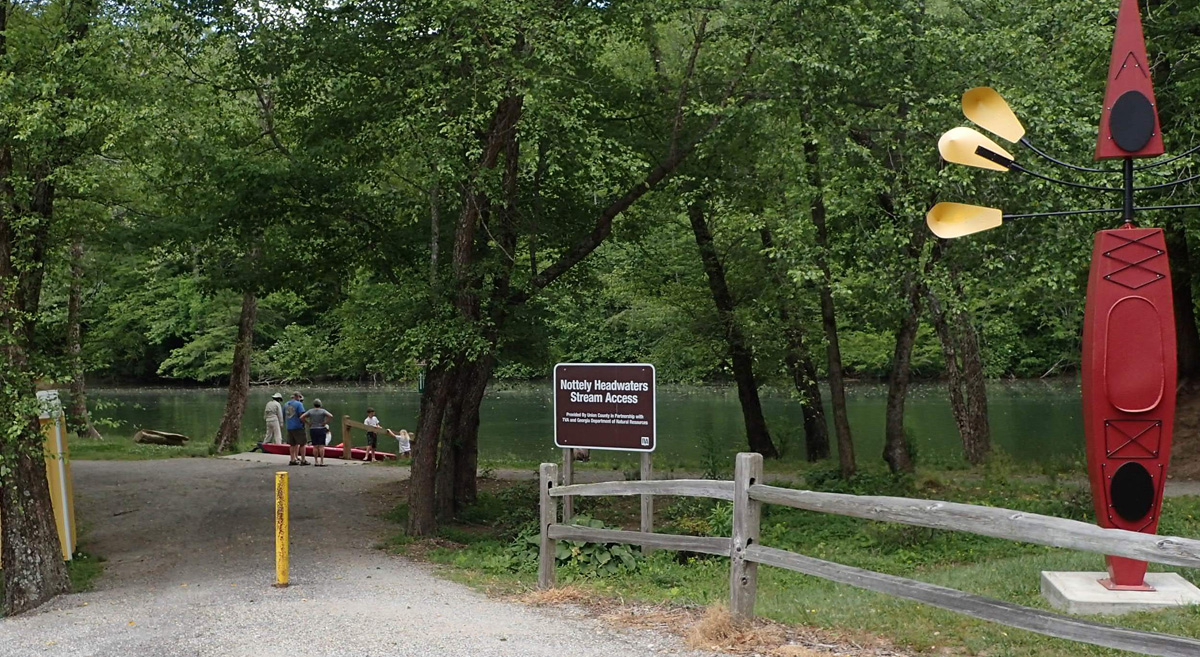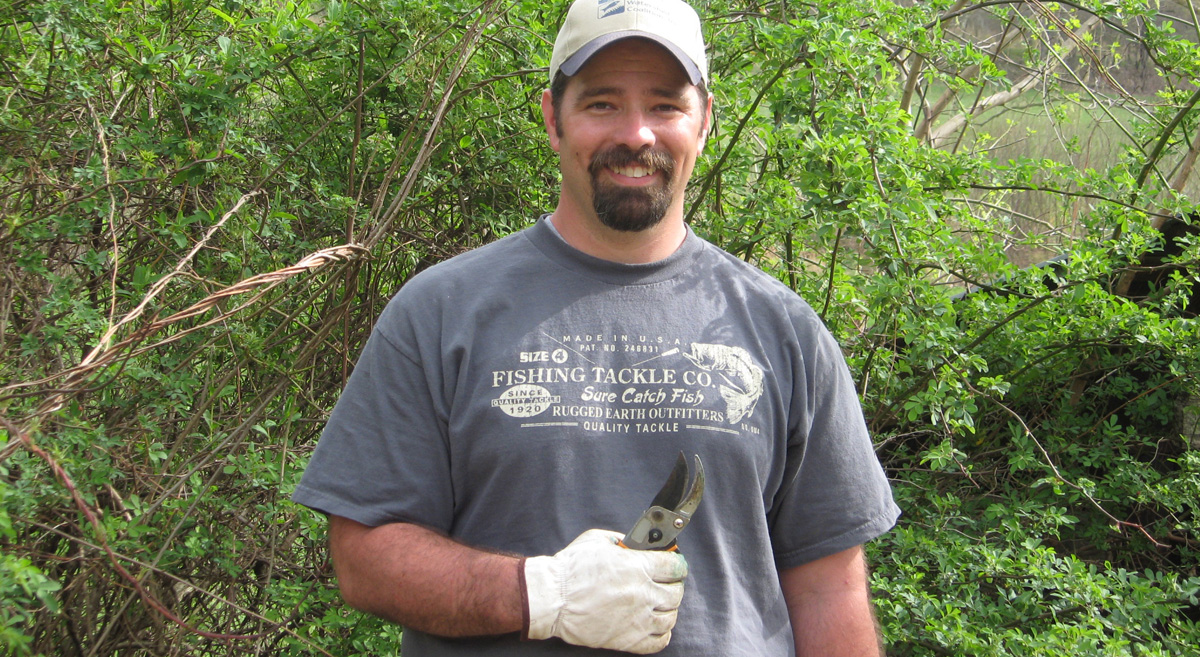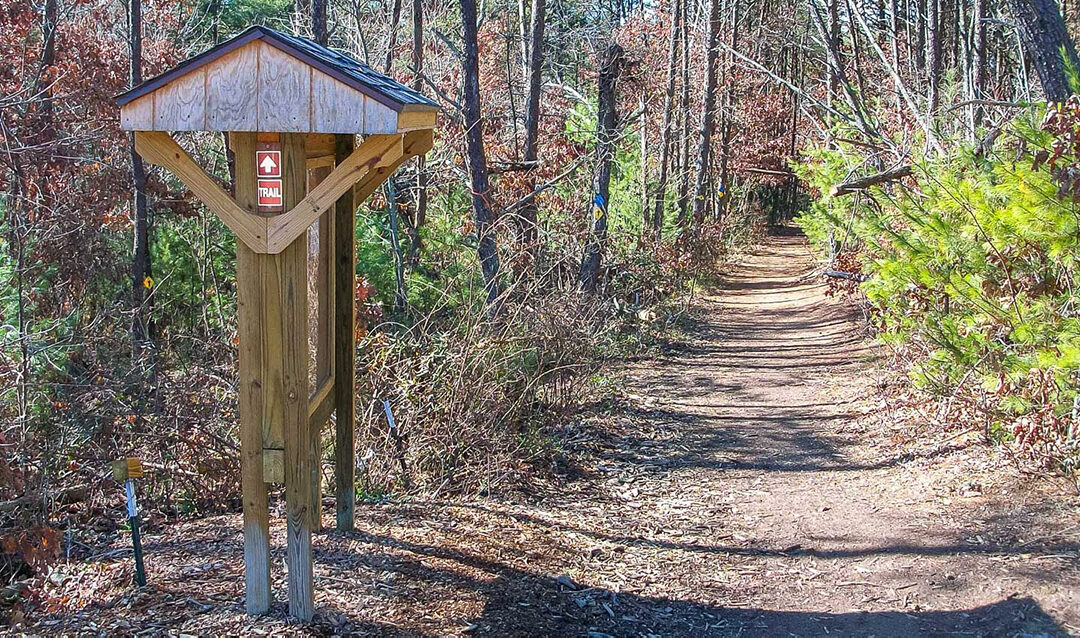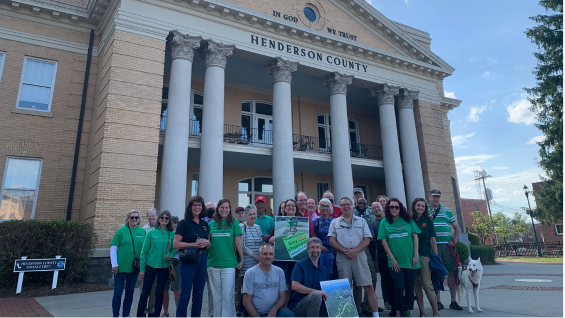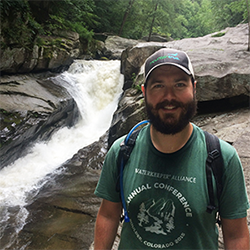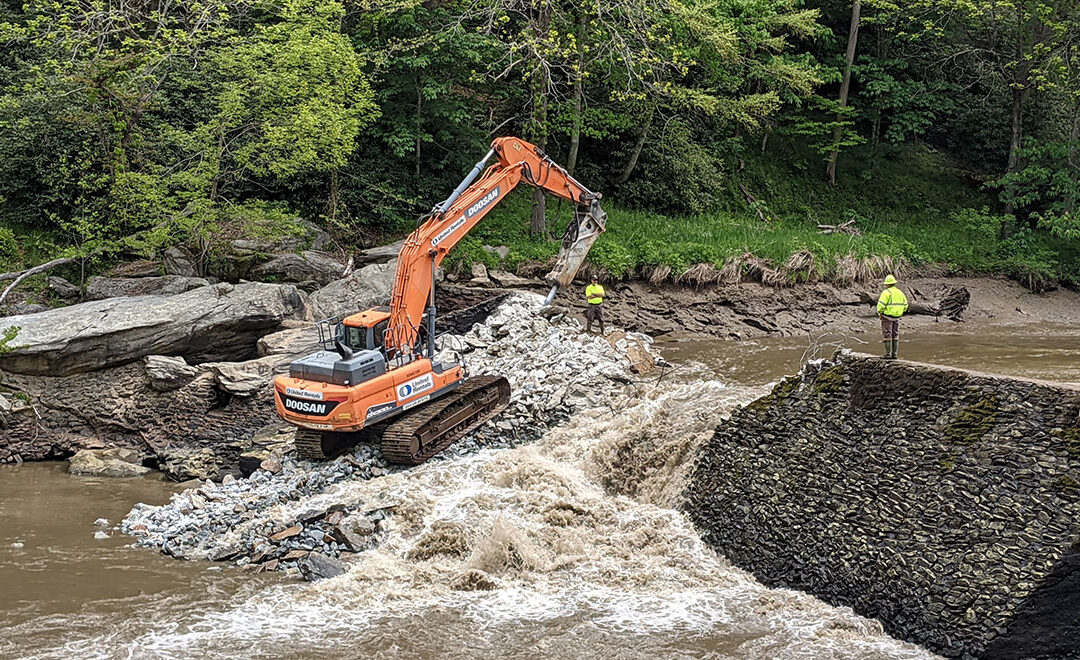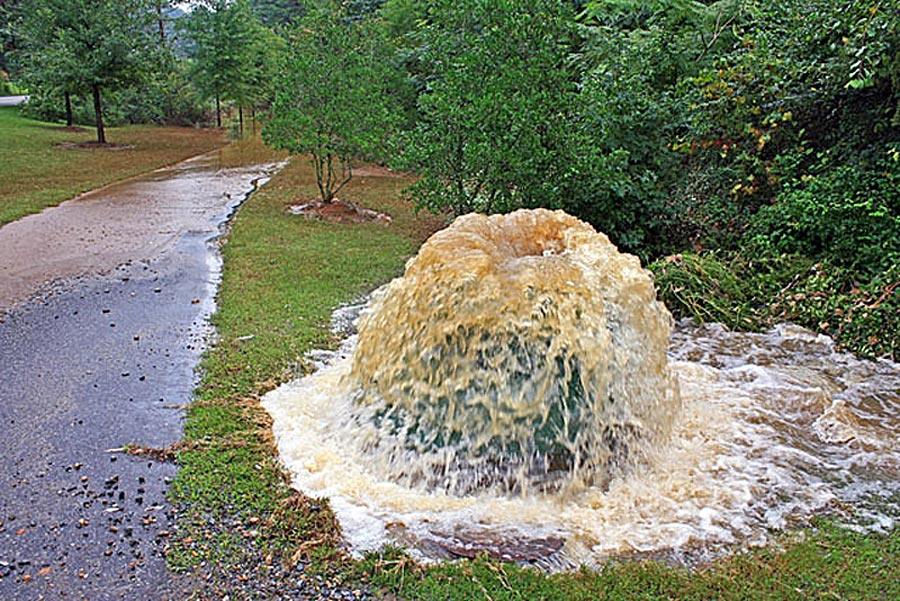
Our Recommendation for the Henderson County Community Survey
Our Recommendation for the Henderson County Community Survey
Henderson Country has kicked off its Comprehensive Planning effort with a Community Survey. This is an important opportunity for you to have a voice in how our county grows and develops to meet the challenges of climate change, a growing population, and increased pressures on our built and natural environments.
This is a guide for members of MountainTrue who want to see our community grow sustainably and responsibly. The survey has 13 questions. Questions 2-7 are the most relevant to the work and issues of concern to MountainTrue, our members and supporters. Below we provide you with a list of suggestions, and a brief explanation for each of these questions.
TAKE THE SURVEY NOW
Check out the schedule of open houses. Save the date to participate in person.
9/14/21 from 2:30pm to 4:30pm – Dana Community Park
9/21/21 from 2:30pm to 4:30pm – Tuxedo Park
10/6/21 from 4pm to 6pm – Thomas Auditorium at Blue Ridge Community College
10/12/21 from 4pm to 6pm – Hendersonville Main Library
10/18/21 from 4pm to 6pm – Edneyville Community Center
10/26/21 from 4pm to 6pm – Community Center at Crab Creek
11/3/21 from 4pm to 6pm – TBA
11/2/21 from 4pm to 6pm – Fletcher Library
11/9/21 from 4pm to 6pm – Etowah Library
For up-to-date meeting details, visit: https://www.hendersoncountync.gov/planning/page/county-comprehensive-plan
Question 2. Henderson County’s population has grown 38% between 2000 and 2020. If this growth trend continues, what potential impacts of growth are you most concerned about? (Select up to three)
As this question relates to MountainTrue’s principles, we recommend choosing answers that promote healthy communities, those that have increased sidewalks, bike lanes, greenway connections, and public transportation – methods of transportation that are equitable and serve all communities. We encourage long-range plans and land-use controls for more housing choice, and climate resilience — especially those that protect ecologically sensitive areas. With this in mind, we have reordered the options in accordance with trends that provide the greatest positive impact, and we recommend choosing three from the top of the list:
- Loss of farmland, and/or impacts to natural resources
- Housing availability/affordability
- Other (please specify) Climate resiliency
- Neighborhood density
- Utility and infrastructure capacity
- Outdoor recreation opportunities development
Question 3. The future of Henderson County is dependent upon a variety of factors. Which of the following factors should this 25-year comprehensive plan prioritize? (Select up to five)
The recommendations we made for answering question #2 above also relate to question #3, and we would add: Resilient forests are an asset to healthy communities as is good water quality, with strong stormwater rules and enforcement to support them. Our energy future, free from fossil fuels, is also a priority. While the survey lists many factors that deserve our attention, we encourage you to focus on the factors that deliver the greatest impact on our community. With this in mind, we recommend you choose your five from the top of the list, which we have arranged:
- Protect open spaces/forests
- Conservation of unique natural areas
- Increase energy efficiency and reduce waste
- Maintaining/improving water quality
- Increase sidewalks/bike lanes/pedestrian connectivity
- Farmland preservation
- Reduce vulnerabilities to wildfire, flooding, and landslides
- Increase public transportation options
- Greenway connections
- Coordinate with towns & cities on development
- River access for boating & fishing
Question 4. What is one priority you would like the County to address in the next 2-5 years? Blank space provided.
“Minimize the County’s sewer and waterline obligations, reduce urban sprawl, and preserve the County’s rural character by reinvesting in the areas we’ve already developed. Increase housing choice, invite mixed use development, and center it around town centers and main thoroughfares.”
Question 5. Which of the following development types do you feel are missing from the County? (Select up to three)
We recommend choosing the development types that support density close to towns and cities in order to take pressure off of rural undeveloped areas. It is also the fiscally responsible choice to invest in the areas we have already developed, rather than extending new infrastructure to undeveloped lands. Choose your three from the top of the list, which we have arranged:
- Other (please specify) Suggestion: Mixed-use infill development, expanding housing choices to include duplexes, triplexes and small multi-family courtyard units
- Parks and recreation
- Agriculture and agri-tourism
Question 6. Which is the single most important role for Henderson County government in the land use and zoning process, if any? (Would not apply to incorporated towns, cities, or villages)
We recommend choosing: Enhance regulations of property land use MountainTrue supports stronger regulations that limit construction on steep slopes and in flood plains, and ensure that new developments don’t negatively impact communities and our natural environment.
Question 7. When making decisions related to land use, should the County Board of Commissioners weigh the impact to the property owners closest to the proposed project more so than the overall benefit to the County as a whole?
We recommend you choose “Somewhat disagree.” While it is important that nearby property owners have a say in the process and that projects generally adhere to existing zoning regulations, the priority should be on making our community sustainable and livable for everyone. As such, we favor a balanced approach that weighs the interests of property owners with the needs of the greater community.
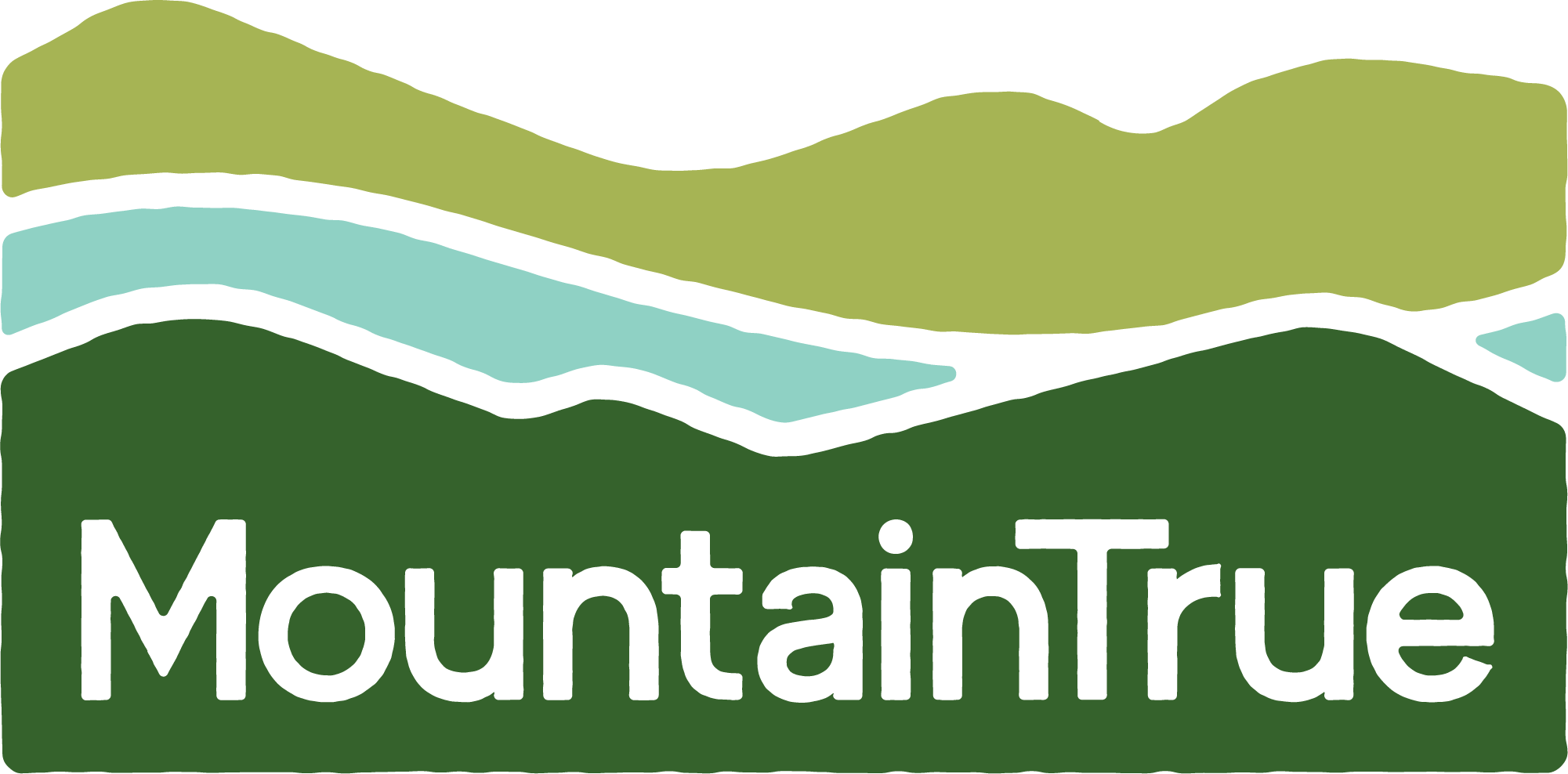

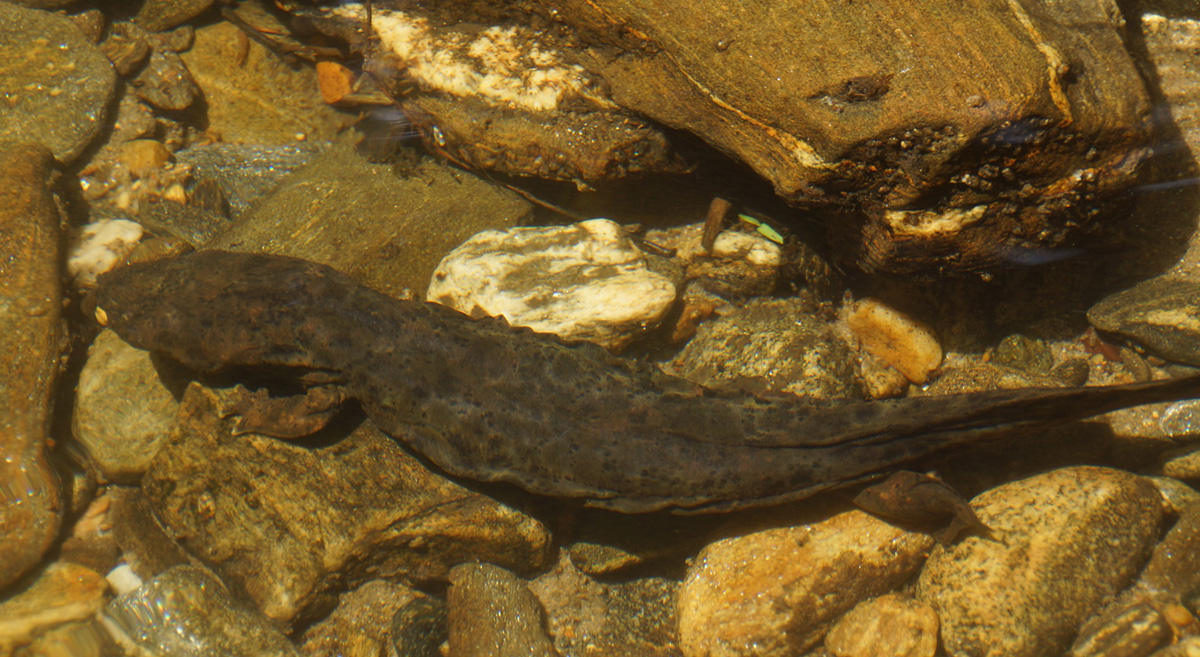



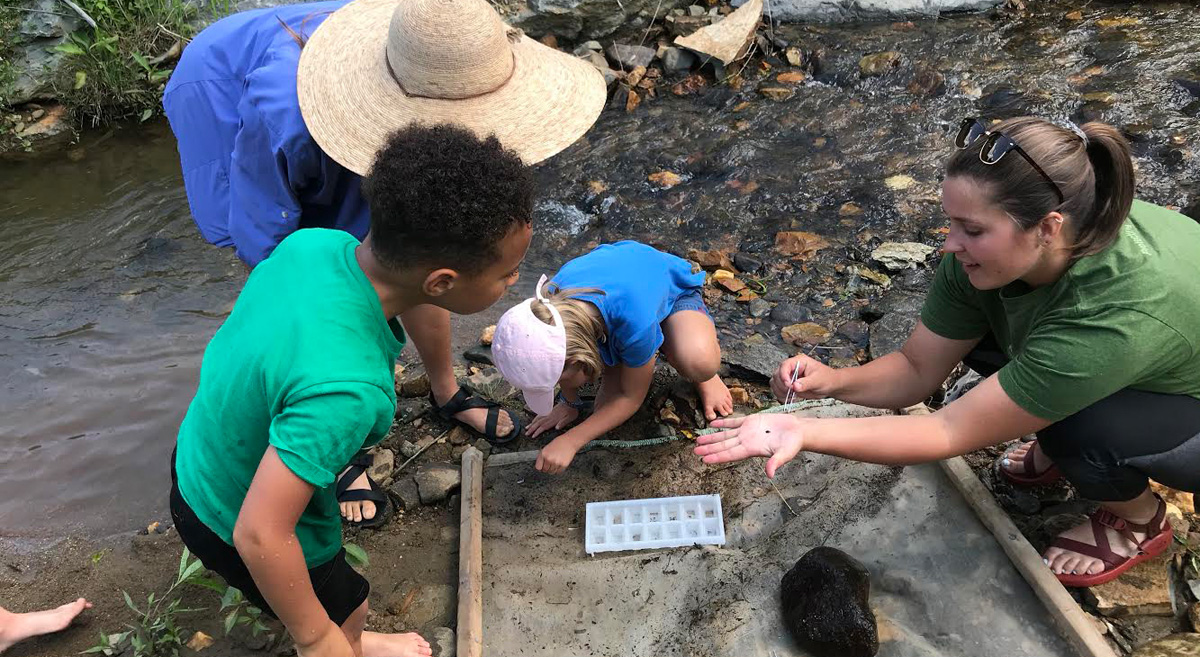
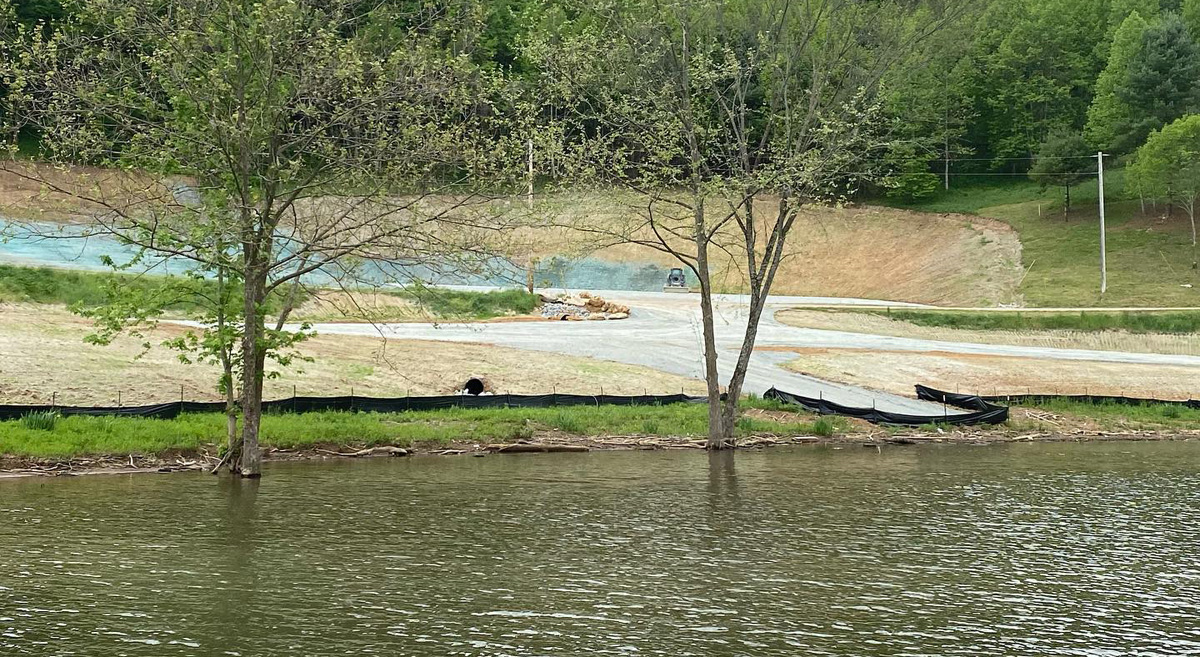
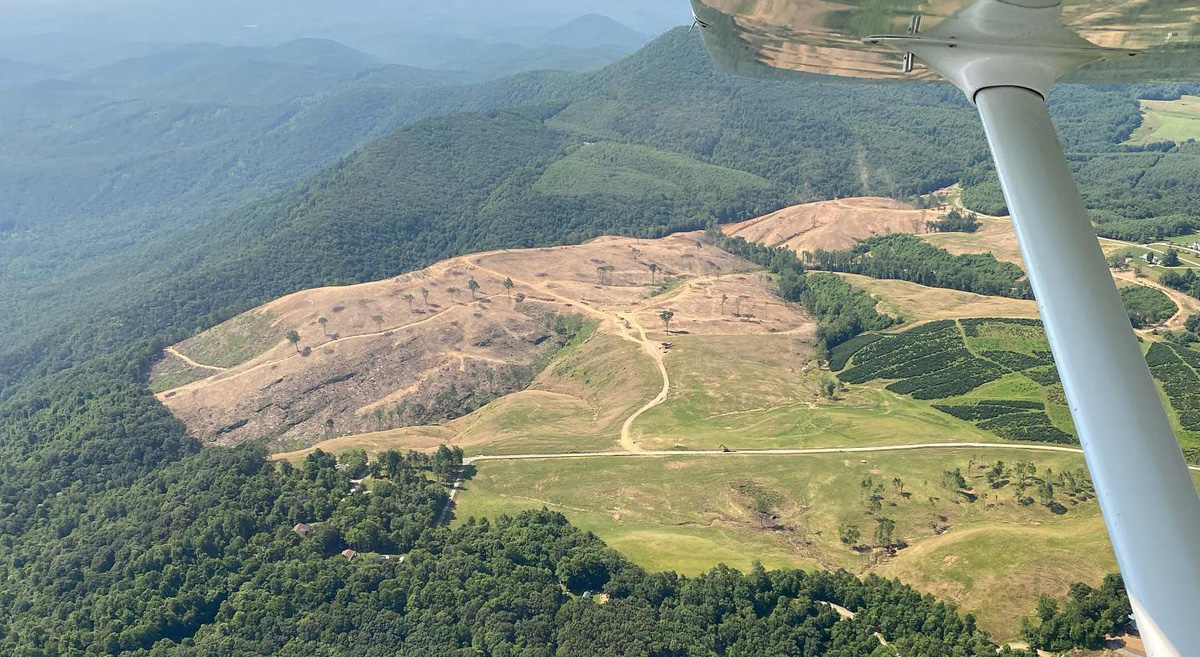

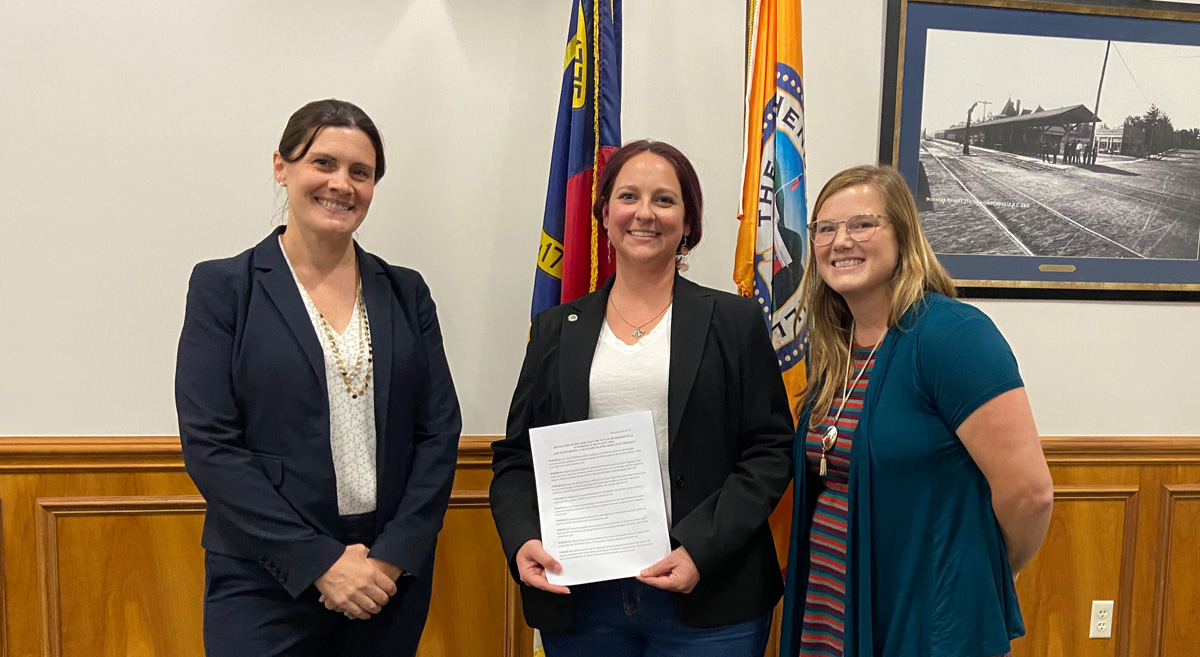
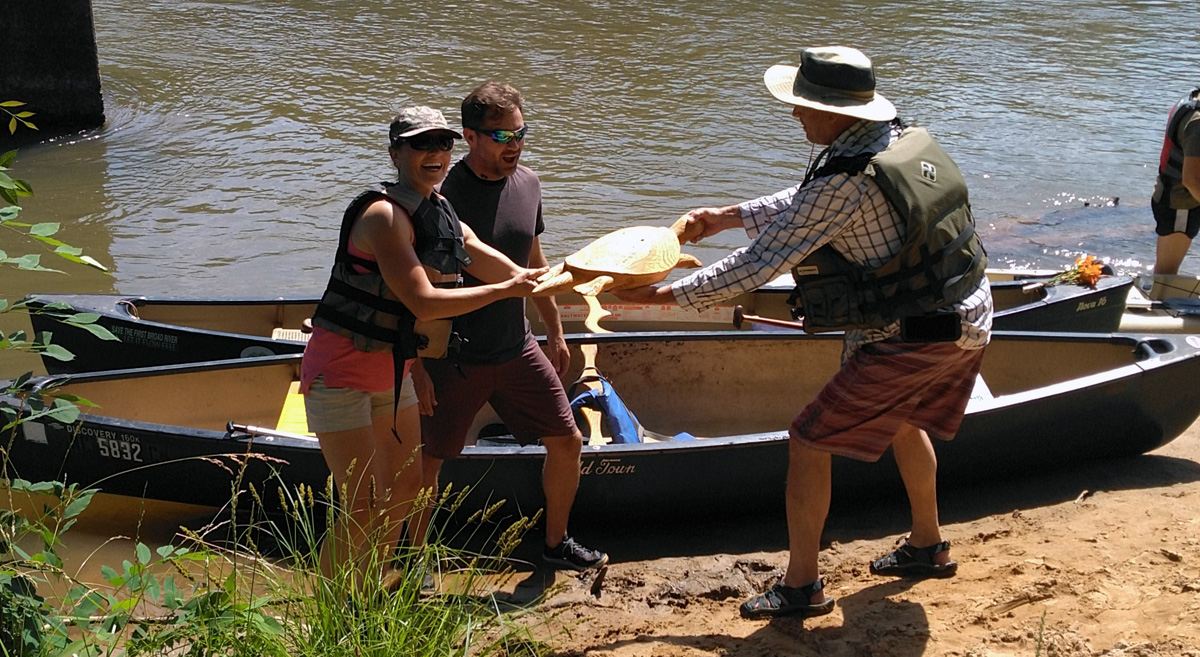 Broad River Race winners Jordan Jackson and Marc Stowe accept the trophy from David Caldwell, the Broad Riverkeeper.
Broad River Race winners Jordan Jackson and Marc Stowe accept the trophy from David Caldwell, the Broad Riverkeeper.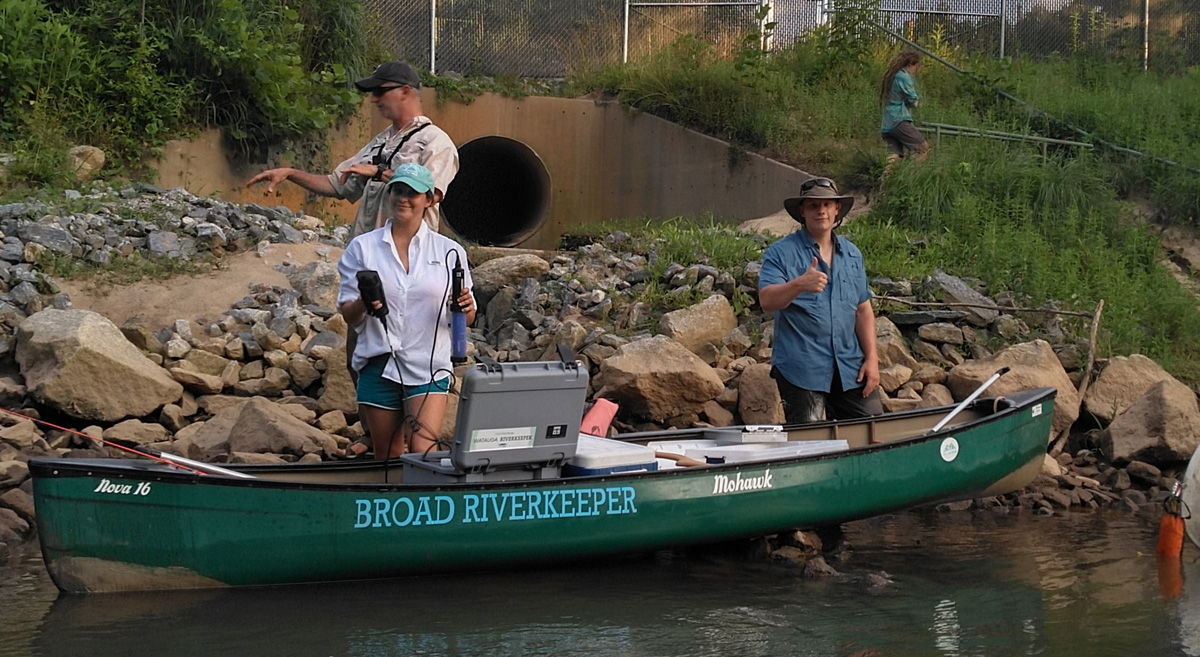
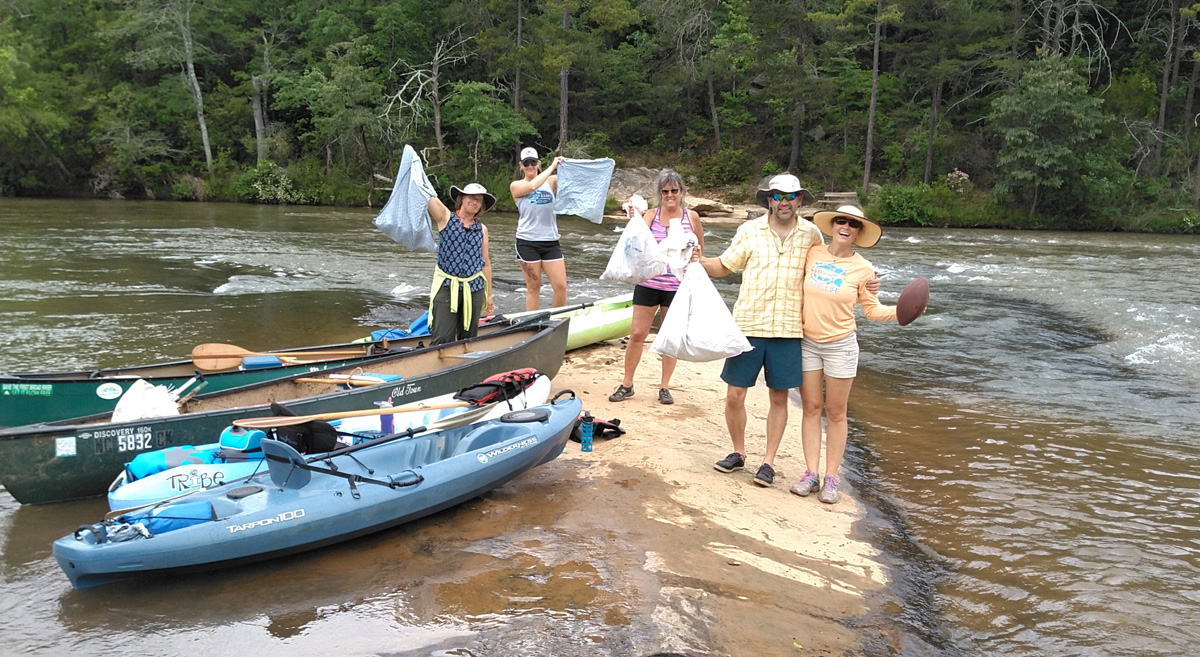
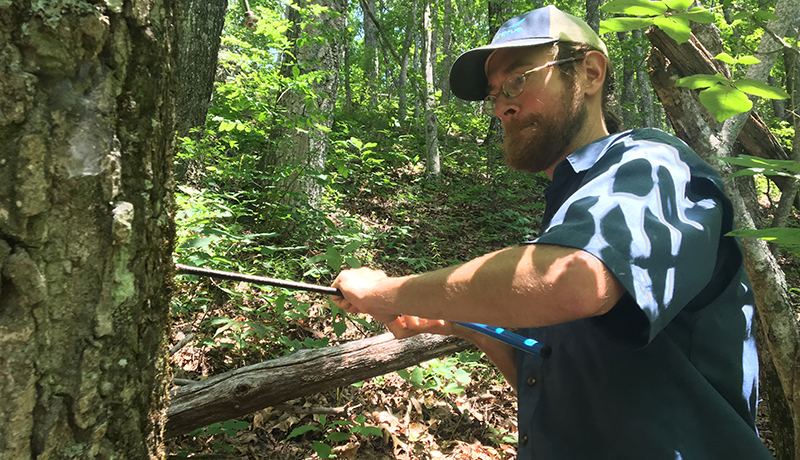 MountainTrue’s Public Lands Field Biologist Josh Kelly documents the age of a 200-year-old tree in the Nantahala National Forest.
MountainTrue’s Public Lands Field Biologist Josh Kelly documents the age of a 200-year-old tree in the Nantahala National Forest.